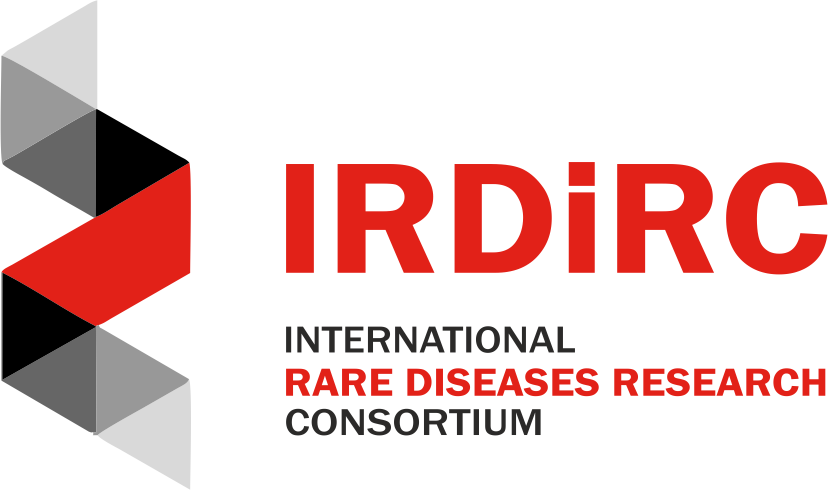[toc]
2017
- CDNF and CDNF variants- novel therapy for ALS
- Development of gene and cell therapy for apeced
- Genomic editing for treating hemoglobin diseases
- Genomic Profiling of Gynecological Tumors
- Hereditary neuropathy and spastic paraplegia: new mechanisms, biomarkers and treatment
- LAT1-targeted prodrugs for improved drug delivery to invasive glioma cells
- Lessons learned from the embryo to help understand neuroblastoma formation
- LMNA-related dilated cardiomyopathy: modelling and molecular targeting of cellular stress in vitro and in vivo
- The Epigenetic Reign of Intestinal Homeostasis and Aberrancies therein in Celiac Disease
2016
- From genomic rearrangements to more efficient treatment in ovarian cancer
- Genetic and neuropathological characterization of neurodedegenerative diseases
- Identification of Predictive Biomarkers from Big Data and Their Use in Chemoresponse Monitoring
- Innate immune signaling in viral infections: targets influenza and Ebola viruses
- Mechanisms of tumor predisposition in colorectal cancer syndromes stratified by mismatch repair status
- MED12 in Hematological Malignancies
- The Breakdown of immunological self-tolerance in a bullous pemphigoid mouse model and in the elderly population
2015
- Beta carbonic anhydrase: a new silver bullet against parasitic diseases
- Defects of early differentiation of patient-specific neural progenitors in autism spectrum disorder
- Molecular Mechanisms of Thyroid Disorders: from Human Diseases to Mouse Models
- Muscular dystrophy : molecular pathophysiology of titin mutations and translational medicine
- Nuclear Lamin A in Dilated Cardiomyopathy
- The role of polyamine metabolism and NAD+-dependent enzymes, sirtuins and poly(ADP-ribose) polymerases, in diseases characterized with mitochondrial dysfunction.
2014
- Clinical and genetic characteristics of early-onset osteoporosis
- Maternal and fetal genetic susceptibility to pre-eclampsia
- Reprogramming normal cells to tissue-specific cancer by defined oncogenic factors
- Role of Novel Neurotrophic factors CDNF and MANF in genetic models of amyotrophic lateral sclerosis
- The pathogenesis of childhood acute leukemia
- Vasculopathy in hantavirus infections
2013
- Correlation between alterations of neural stem cell differentiation and phenotype in fragile X syndrome, a model of neurodevelopmental disorders.
- Maintenance and translation of mitochondrial DNA in severe multiorgan disorders of childhood.
- Nutrient signaling in mitochondrial diseases: molecular mechanisms and strategies for therapy.
- Screening the Drosophila genome for new genes involved in mtDNA maintenance and metabolism.
2012
- Identifying New Therapeutic Targets For Hereditary Breast Cancers
- “NARPANord” – Pathogenesis of Narcolepsy. Narcolepsy as an autoimmune disease and its association with H1N1 epidemics, H1N1 vaccination and other potential environmental triggers-A collaborative Finnish-Swedish project
- Apoptosis-induced microparticles and apoptotic bodies as stimuli to plasmacytoid dendritic cell-mediated autoimmunity vs. Tolerance: regulation by estrogens and androgens in an autoimmune exocrinopathy
- Craniosynostosis: identifying the mechanisms and preventing the disease
- Individualized and combinatorial therapy of AML
- Lipid-protein interactions in the mitochondrial inner membrane at nucleoid contact sites
- Modelling of monogenic diabetes through stem cells
- Molecular mechanisms of neurodegeneration caused by mitochondrial disfunction
- Regulation and signaling networks of different Akt isoforms in glioblastoma
- Tissue specificity of mitochondrial DNA maintenance
- Translational studies of GRACILE syndrome – a model disorder for revealing disease mechanisms and intervention efficacy in mitochondrial dysfunction
2011
- Fanconi Anemia/BRCA Pathway and Novel Predisposing Factors in Hereditary breast cancer
- Functional and clinical significance of MED29 and ARPC1A amplification target genes in pancreatic cancer
- Identification of genetic factors predisposing to diabetic nephropathy
- Identify underlying mechanisms connecting autosomal dominant and recessive mitochondrial disease mutations to tissue specific phenotypes
- Idiopathic pulmonary fibrosis (IPF) -Development of therapeutic applications
- Mechanisms and consequences of mitochondrial translation defects
- Mitochondria, metabolism and disease
- Mouse and cellular models expressing the alternative oxidase: tools to understand and compensate mitochondrial dysfunctions
- Strategies to modify mitochondrial function in order to delay damage generation, increase healthy lifespan and prevent age-related diseases
2010
- Alphavirus-induced oncolysis of glioma in immune competent mice: development of sensitive biokmarkers and their use in immunosuppressive combination therapies
- Canine Models Of Human Idiopathic Epilepsy
- Complex genetics of idiopathic epilepsies
- Fetal and childhood mitochondrial genetics and function-effects of novel genes, antiepileptic drugs and alcohol exposure
- Finnish Centre of Excellence in Research on Mitochondrial Disease and Ageing (FinMIT)
- Identification of genetic factors predisposing to diabetic nephropathy
- Identifying New Therapeutic Targets For Hereditary Breast Cancers
- Idiopathic pulmonary fibrosis (IPF) -Development of therapeutic applications
- iPS cells as tools to study mitochondral disorders
- Microglial dysfunction in progressive myoclonus epilepsy, EPM1
- Migraine-epilepsy co-morbidity: Rare variants as a tool for identification of susceptibility genes
- Mitochondria, metabolism and disease
- Mouse and cellular models expressing the alternative oxidase: tools to understand and compensate mitochondrial dysfunctions
- Muscular dystrophy — molecular pathophysiology of titin mutations and translational medicine
- Nuclear-mitochondrial interactions in Drosophila models of human disease
- Role of Kaposi sarcoma herpesvirus-induced cellular reprogramming in cancer development

